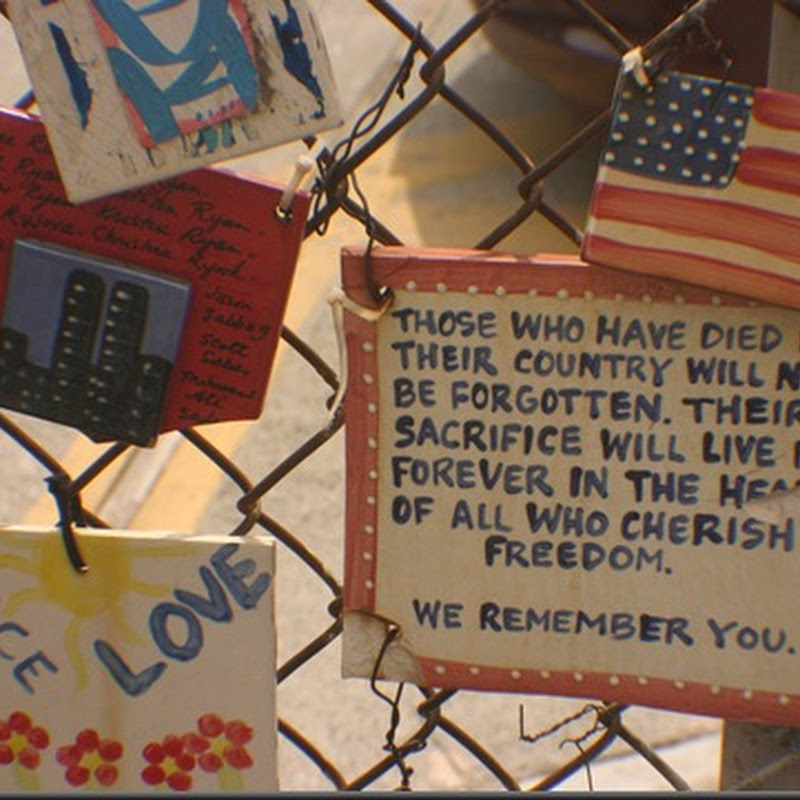A nuclear-powered Royal Navy submarine needed £5m worth of repairs after it struck the seabed because a piece of tracing paper covered its navigational chart, investigators have found.
The tracing paper had been used on the chart to protect it from being written on, obscuring vital information.
HMS Trafalgar was grounded near the Isle of Skye in October 2002 because of basic navigational errors during a training exercise for students, according to the official board of inquiry report, which has been released under a freedom of information request.
According to the report, just 90 seconds before the boat hit the seabed, a crew member realised what was about to happen and was recorded as saying: "We're going to have to change course. This is too dangerous."
The warning came too late. Naval investigators noted: "At 0757, the submarine grounded, striking the bottom heavily on the port side forward. Speed 14.7 knots.
"On impact, the ship's head was forced to starboard and there was a rapid deceleration, forcing most people to lose their balance and causing at least three minor injuries."
Once his balance had been regained, HMS Trafalgar's commanding officer, Robert Fancy, ordered the submarine to surface to check the pressure hull had not been breached and the nuclear reactor had not been damaged.
The reactor plant was unaffected, but £5m of repairs were needed on the hull, a complex structure made of thick high-strength steel.
The involvement of unsupervised student submariners in the navigation procedures and the use of tracing paper on the chart were criticised heavily by the board.
The three students, who were taking part in a submarine command course during the exercise, codenamed Cockfight, had prepared a navigation plan that assumed transit would be at periscope depth and "with frequent visual fixes".
Senior officers decided to test one of the trainees, Lieutenant Commander Tim Green, and changed the plan.
The students had not anticipated that HMS Trafalgar would go deep and at speed. "Consequently, it [the plan] was inadequate," the report said.
The report said tracing paper had been a contributory factor in previous groundings and recommended its use should be strongly discouraged.
It noted that the navigation plan had been "flawed both in concept and execution" and the chartwork supervision was inadequate.
"The commanding officer did not appreciate the inaccuracy in tidal stream calculations, nor the importance it was to assume after going deep," the board concluded.
The spring tidal rate was not properly taken into account when charting the course approaching a rocky islet, Fladdachuain, near the Isle of Skye.
The speed of the submarine was overestimated and "no account was taken of the time needed to accelerate from four to eight knots. Untidy and inaccurate chartwork made calculations difficult," it said.
HMS Trafalgar grounded "because of human error".
"Nuclear submarines should only conduct training of this nature if the arrangements for navigational safety are infallible," the board said.
Fancy, who was in charge of navigation, and Commander Ian McGhie, who was responsible for the training course, were court martialled and reprimanded for negligence.
**The Hunt for Red October this was not.
What has not really been asked here is why were they even using tracing paper in the first place? Was that some government cost cutting exercise?
Either way the scraping sound that can be heard in St Pauls is that of Admiral Nelson spinning in his grave.







.jpg)




























































































































































































































0 people have spoken:
Post a Comment